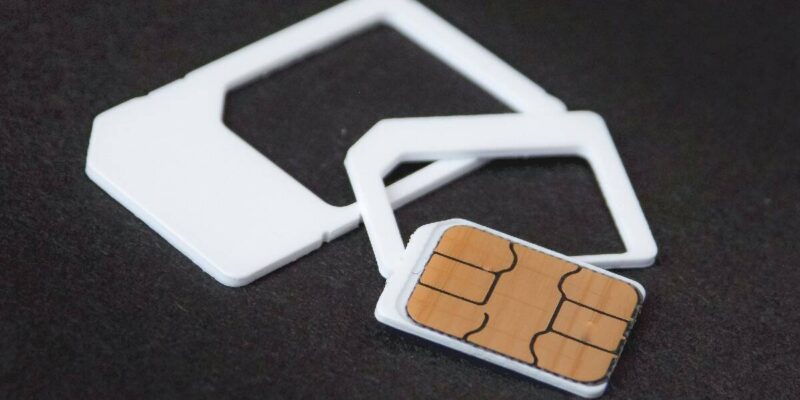Unsuspecting victims are losing millions to a growing scam involving their cell phone number: SIM swap fraud. Recently, Nation has reported a case of sim card fraud that led to millions lost to fraudsters. The case of Farah Bashir, who lost KES 2.6 million to hackers in several transactions, got Kenyans worried about the safety of their accounts and money.
To carry out a SIM swap attack, a fraudster gathers as much information on the target as possible. This could be through phishing emails, malware, the dark web, or social media browsing. Fraudsters go to the extent of registering an existing number on a new SIM card as well as changing the account security settings. This gives them the ability to intercept notifications, passwords, and online transactions.
Here is how you can detect and protect yourself from a potential SIM Swap fraud.
How To Detect SIM Swap Fraud
- Calls and Texts: The first sign that you might be a victim of SIM swapping is that your phone calls and texts stop working.
- Banking: When your login credentials stop working for accounts like your bank or work accounts, it’s likely fraudsters have changed your passwords and usernames.
- Unauthorised Activity: This is if your phone provider notifies you that your SIM card is getting activated on another device. It means someone else is trying to take control of your account.
- Unknown Transactions: Inspecting your online credit card statement and finding several charges you did not make might indicate a SIM swap scam.
How To Prevent SIM Swap Fraud
- Active SIM Lock: SIM PIN protects your SIM card from being accessed by unauthorized people if your phone is lost or stolen. If you enable the SIM card lock, you’ll have to type it every time you turn on your phone.
- Strong Passwords: Ensure that accounts in your phone are secure by creating a unique, strong password. Additionally, establish strong security questions and answers.
- Authentication Apps: You can use authentication apps like Google Authenticator, which uses two-factor authentication, but ties it to the physical device rather than your phone number.
- Keep Personal Information Off Social Media: Social engineering is one of the main ways that fraudsters use to gain access to your SIM card. Protect your personal information from phishing emails and other methods attackers could use to access it. Don’t click on links in email messages from people you don’t know.
- SIM Swap Self-whitelist: If you are a Safaricom Customer, you can do this easily from your phone. This is a service that ensures that a customer’s line/SIM card can only be replaced by visiting a Safaricom Shop or Care desk with your ID, or by calling Safaricom customer care. Try it by dialing *100*100# from your Safaricom number.





[…] Read more… […]
[…] Read more… […]